




Overview of the Noble Gases
Have you ever wondered in which group of the periodic table do the noble gases lie? All these gases lie in the Group 18 of the periodic table. These mostly exist in the form of gases but under certain conditions, can be found in the form of liquids. This article covers all the important details about noble gases, noble gases facts, and characteristics. Examples of noble gases and their names and symbols, are given to understand the students better. Now, let’s gather more information about noble gases.
What are Noble Gases?
Noble gases, traditionally known as inert gases, are also called aerogens. These form a class of chemical elements possessing similar properties; under specified standard conditions. Noble gases are a part of Group 18 of the periodic table. These gases do not combine with other elements to form compounds.
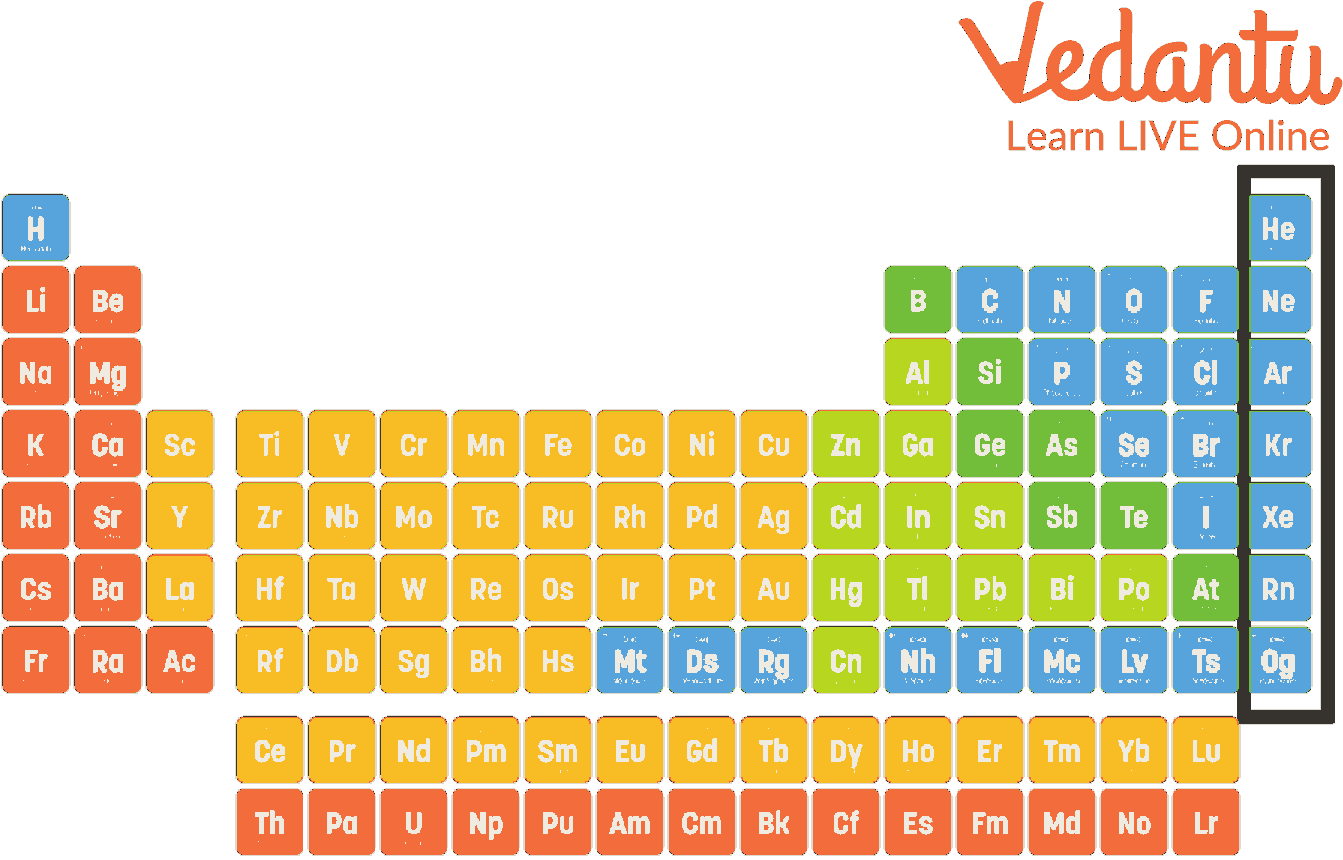
Periodic Table with Noble Gases Names
In addition to not reacting, these elements also do not interact with each other or anything else in a way that humans can observe. Although these gases have no smell and are colourless and non-toxic, some may be hazardous too.
Characteristics of the Noble Gases
Some of the essential Characteristics of Noble Gases are given below:
These gases are odourless, tasteless, and colourless.
Noble gases occur in monatomic form.
These gases possess very low chemical reactivity. Hence, sometimes also called unreactive gases.
The outer shell of the valence electrons is filled.
Noble gases are non-flammable.
Facts About the Noble Gases
Some interesting facts about the noble gases are discussed below:
Out of seven available noble gases, six are occurring naturally in the atmosphere.
These gases are highly unreactive, i.e. they react only under extreme conditions.
Noble gases are liquids at a small range of temperature.
Oganesson is the only noble gas that is produced synthetically, which is extremely radioactive.
Helium is the most abundant element in the universe after hydrogen.
Examples of Noble Gases
There are seven noble gases available in the universe including:
1. Helium
It is the first chemical element present in the group of noble gases. Its symbol is He and has an atomic number 2. Helium is a colourless, odourless gas that makes up a quarter of our atmosphere.
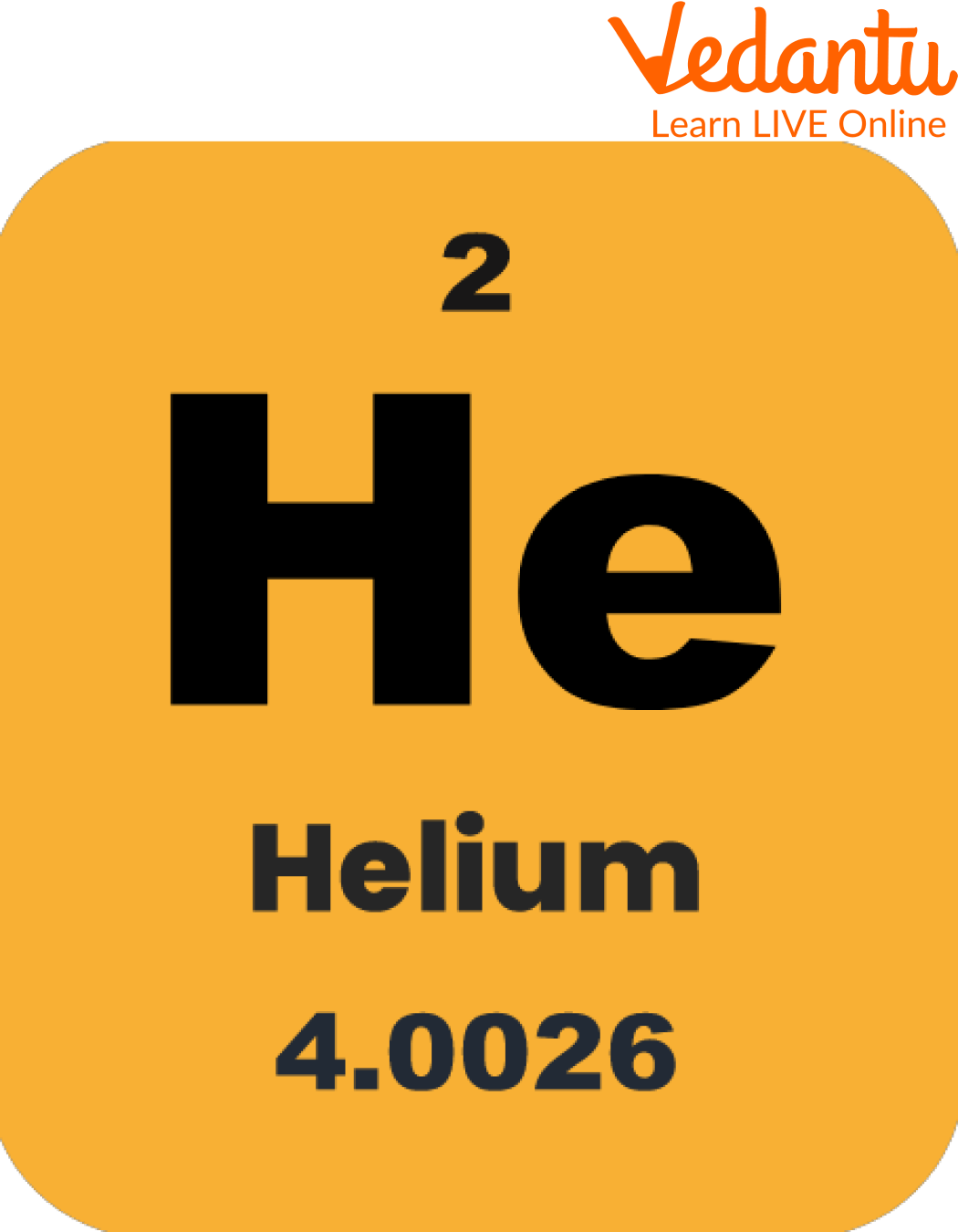
Helium
2. Neon
It is the element that was discovered along with Krypton and Xenon. It has the atomic number 10, and its symbol is Ne. Neon flashlights are a crucial item in any emergency preparedness kit.
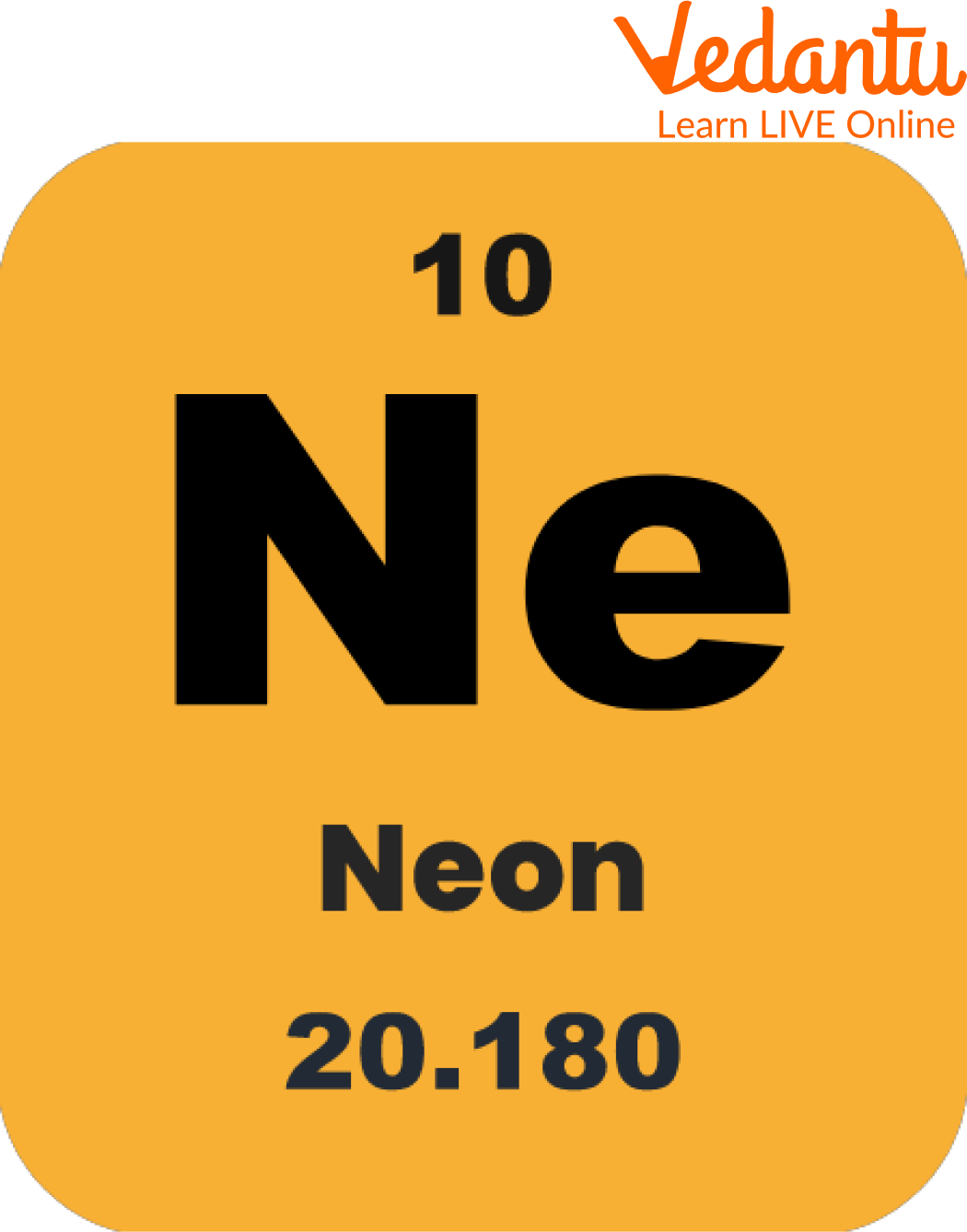
Neon
3. Argon
Argon is the third mostly found gas in the earth's atmosphere. Its symbol is Ar and has the atomic number 18. Argon has very low levels in the liquid and solid phases.
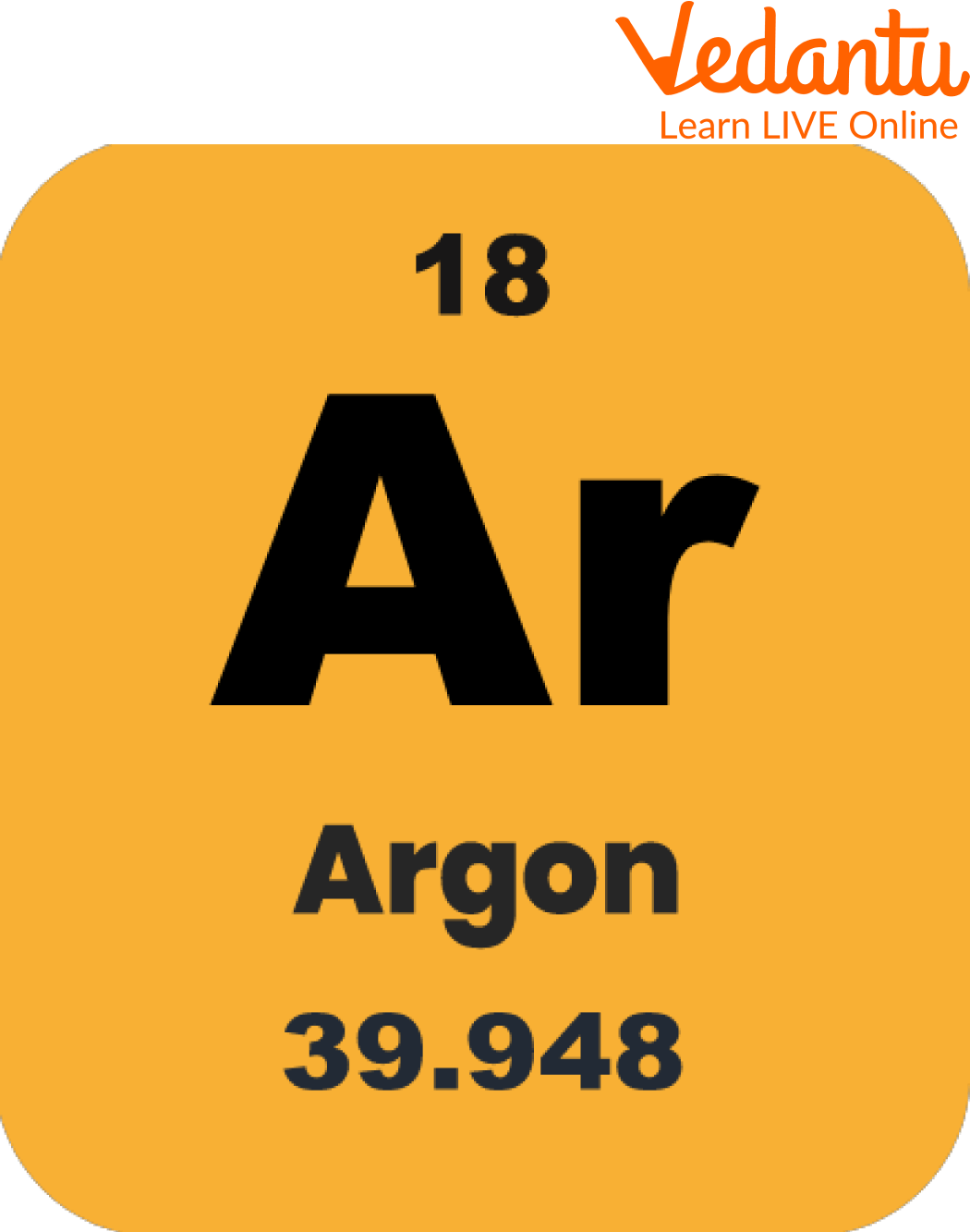
Argon
4. Krypton
Krypton gases are some of the most important elements in the universe. Krypton is chemically inert gas that is mainly found in trace amounts in the atmosphere. It has an atomic number 36 with the symbol Kr.
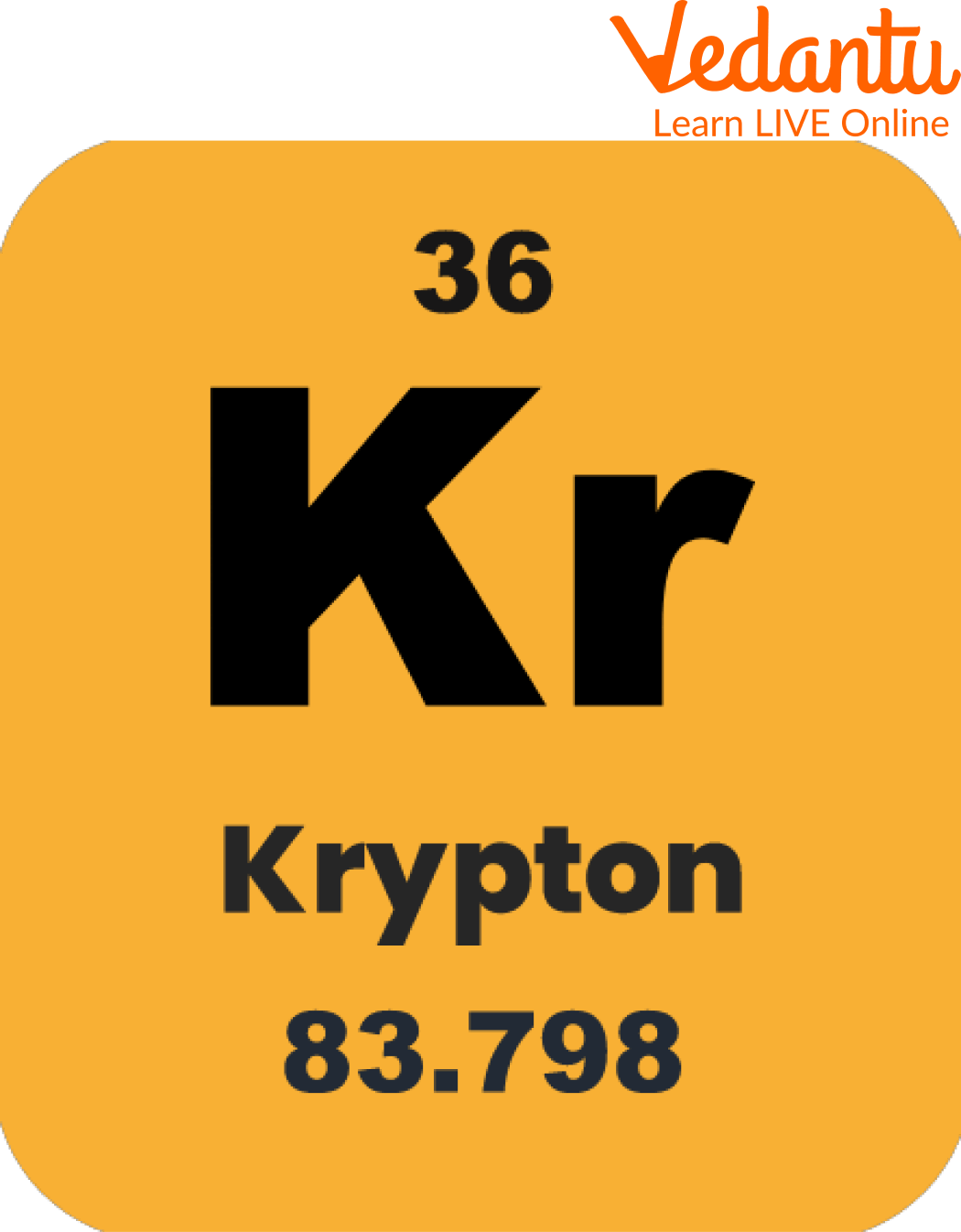
Krypton
5. Xenon
Xenon is a dense inert gas that has the symbol Xe. It is the rarest noble gas having an atomic number 54. Being unreactive, it still undergoes several chemical reactions.
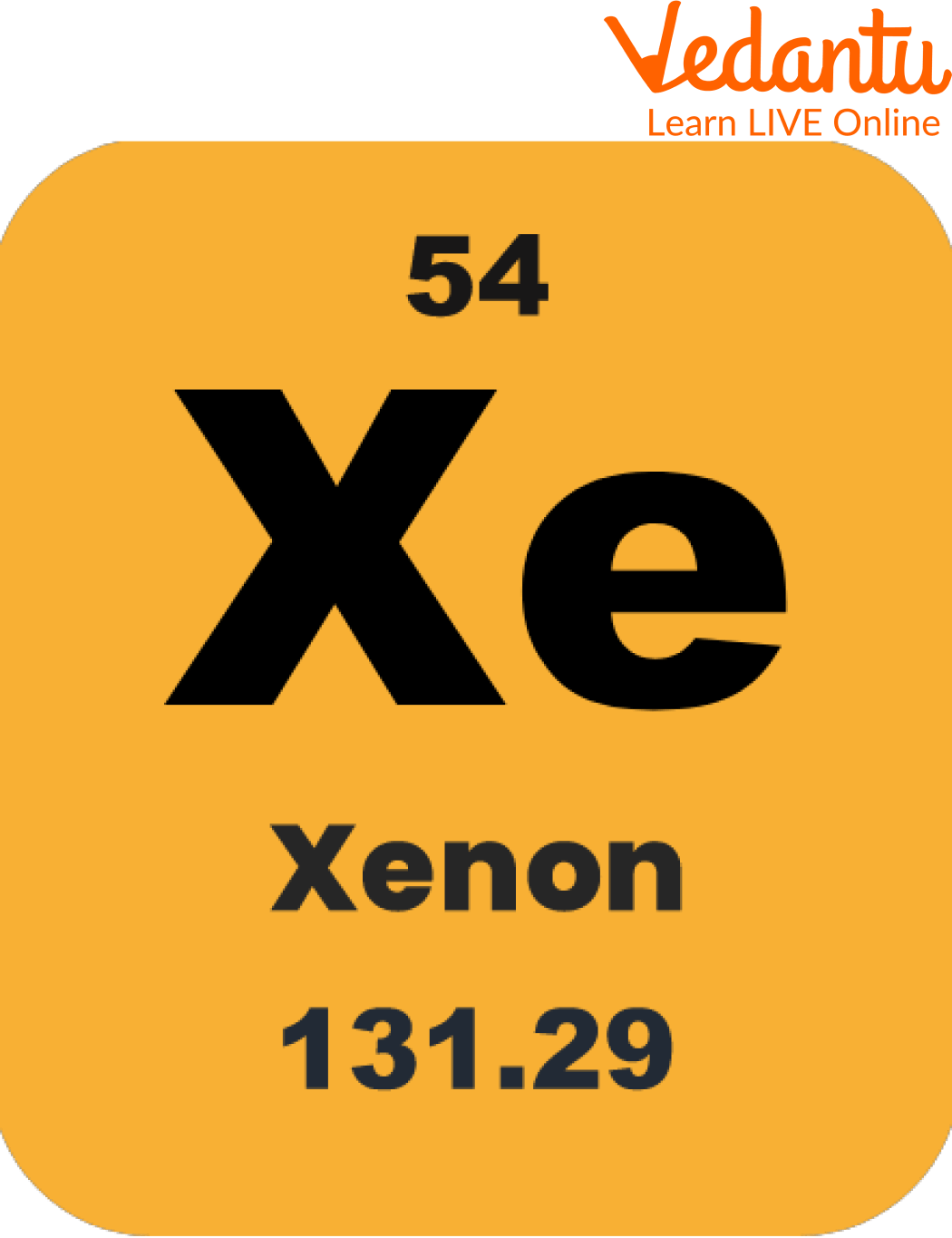
Showing Noble Gas, Xenon
6. Radon
Radon is a chemical element with the atomic number 86 and the symbol Rn. It is the heaviest gas present in the earth's atmosphere. The gas is always present at low levels but if you breathe high concentrations of radon for an extended period, you can develop lung cancer.
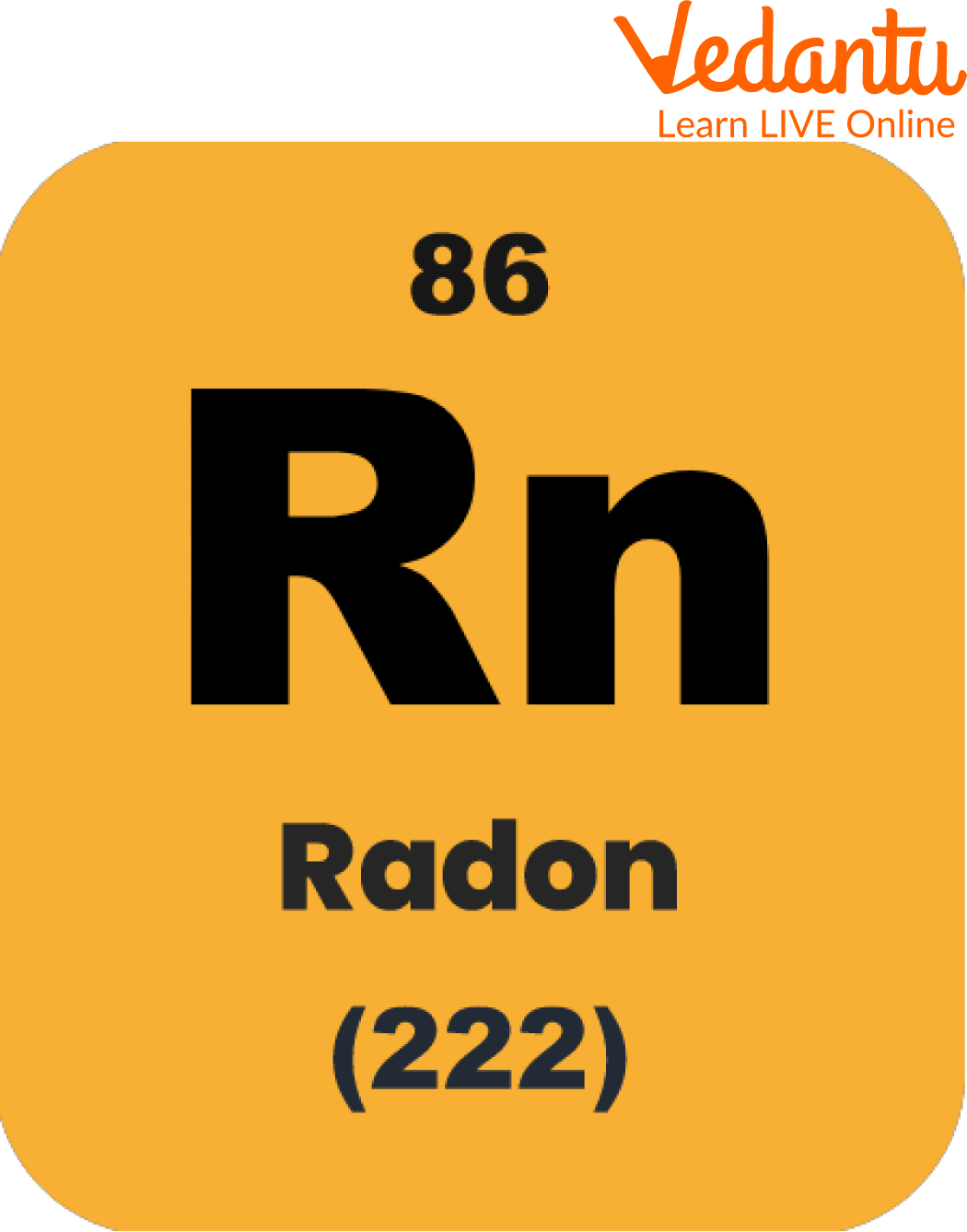
Radon
7. Oganesson
Oganesson is the "ultra-heavy, undiscovered" element of the periodic table. Oganesson is the first synthetic highly radioactive noble gas with an atomic number 118 and Og symbol.
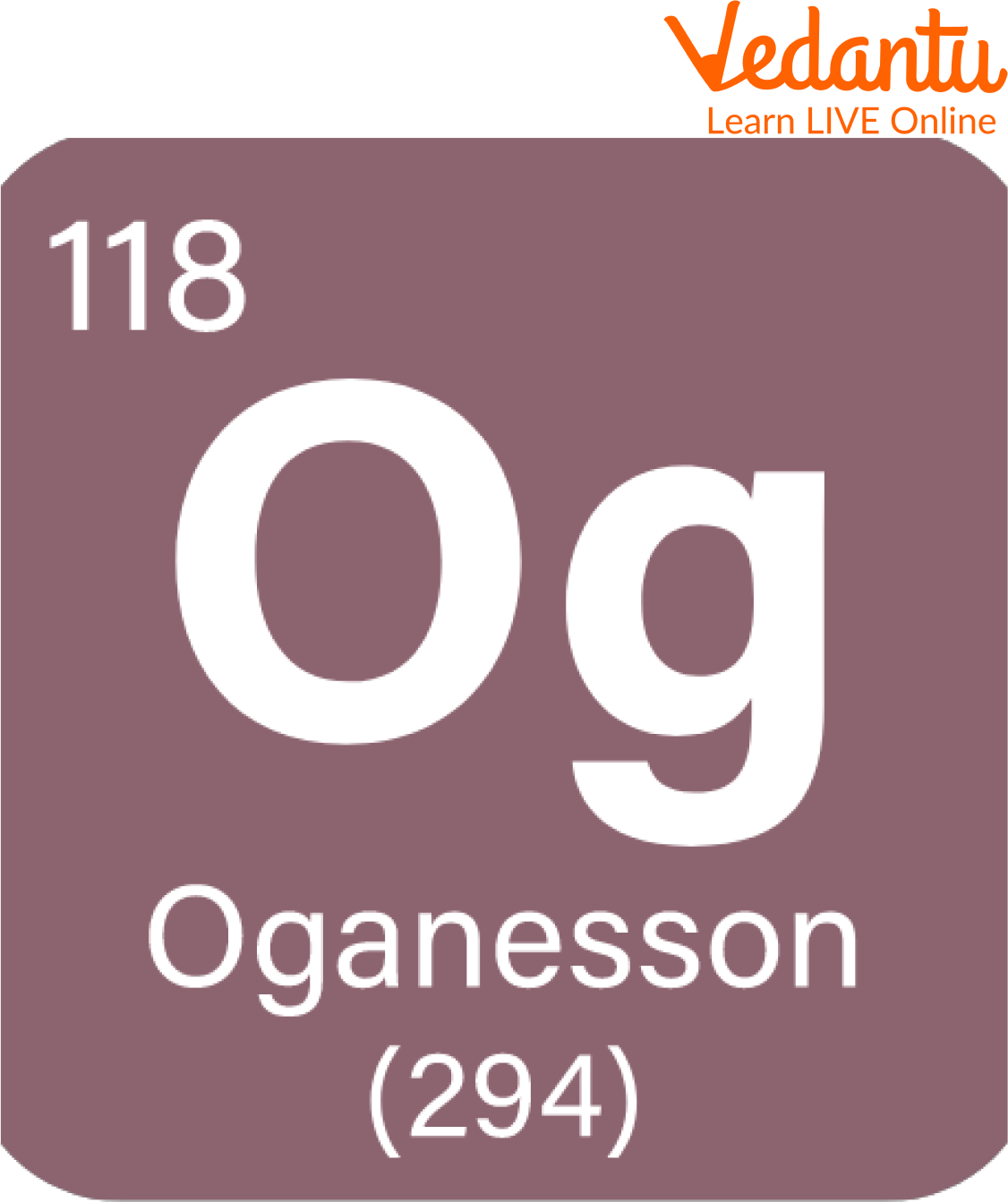
Oganesson
Summary
This article covers the concept of noble gases in depth. Noble gases are a group of elements that don’t react with any other element. Some images are used here to make the article attractive and more informative, which also helps in a better understanding of the concepts. This information makes the students aware of the noble gases facts and characteristics. Some examples of noble gases with names are discussed here.
FAQs on What do You Mean by Noble Gases?
1. What are noble gases?
Noble gases are a group of chemical elements found in Group 18 of the periodic table. They are characterised by their very low chemical reactivity under normal conditions because their outermost electron shells (valence shells) are completely filled, making them highly stable.
2. Which elements are classified as noble gases?
The elements classified as noble gases are:
- Helium (He)
- Neon (Ne)
- Argon (Ar)
- Krypton (Kr)
- Xenon (Xe)
- Radon (Rn)
A seventh element, Oganesson (Og), is also a synthetic member of this group.
3. What are the key properties of noble gases as per the NCERT syllabus?
According to the NCERT curriculum for the 2025-26 session, the key properties of noble gases include:
- Physical State: They are all odourless, colourless, and tasteless monatomic gases at room temperature.
- Reactivity: They have very low chemical reactivity due to their stable electron configurations.
- Electronic Configuration: They possess a full valence shell (ns²np⁶), except for Helium (1s²).
- Ionisation Enthalpy: They have extremely high ionisation enthalpies because of their stability.
- Atomic Radii: Atomic radii increase down the group from Helium to Radon.
4. Why is the electronic configuration of noble gases so important?
The electronic configuration of noble gases is crucial because it explains their defining characteristic: chemical stability. They have a completely filled outermost electron shell, known as a stable octet (eight valence electrons), except for helium which has a stable duet. This full shell configuration is the most stable state for an atom, meaning noble gases have little to no tendency to gain, lose, or share electrons to form chemical bonds with other elements.
5. Can noble gases form chemical compounds?
Yes, under specific conditions, some noble gases can form chemical compounds. While they were once called 'inert gases' because they were thought to be completely unreactive, it was discovered that heavier noble gases, particularly Xenon (Xe) and Krypton (Kr), can react with highly electronegative elements like fluorine and oxygen. Examples include xenon hexafluoride (XeF₆) and xenon trioxide (XeO₃).
6. Why are these elements called 'noble' gases instead of 'inert' gases?
The term was changed from 'inert' to 'noble' to be more accurate. 'Inert' implies a complete inability to react. However, after the synthesis of xenon compounds in 1962, it was clear they were not truly inert. The term 'noble', similar to 'noble metals' like gold and platinum, better describes their nature: they are highly resistant to chemical reaction but are not entirely unreactive.
7. What are some important uses of noble gases in daily life and industry?
Noble gases have several important applications due to their inertness:
- Helium (He): Used in balloons and airships due to its low density and non-flammability, and as a cryogenic agent for cooling MRI magnets.
- Neon (Ne): Famously used in glowing advertising signs (neon lights) and television tubes.
- Argon (Ar): Used to create an inert atmosphere for welding and in incandescent light bulbs to prevent the filament from burning out.
- Krypton (Kr): Used in high-performance lighting, such as in airport runway lights and lasers.
8. Why is helium used in balloons instead of hydrogen, even though hydrogen is lighter?
While hydrogen is indeed lighter than helium and provides more lift, it is highly flammable and can form explosive mixtures with air. Helium, on the other hand, is a noble gas and is completely non-flammable and chemically inert. This inherent safety makes helium the preferred choice for applications like party balloons, weather balloons, and airships, where the risk of fire or explosion must be avoided.
9. Is oxygen a noble gas? Why or why not?
No, oxygen is not a noble gas. Oxygen is a highly reactive element found in Group 16 of the periodic table. Its defining difference is its electron configuration; it has an incomplete valence shell and actively seeks to gain electrons to become stable. In contrast, noble gases in Group 18 already have a full and stable valence shell, which is why they do not readily react with other elements.









